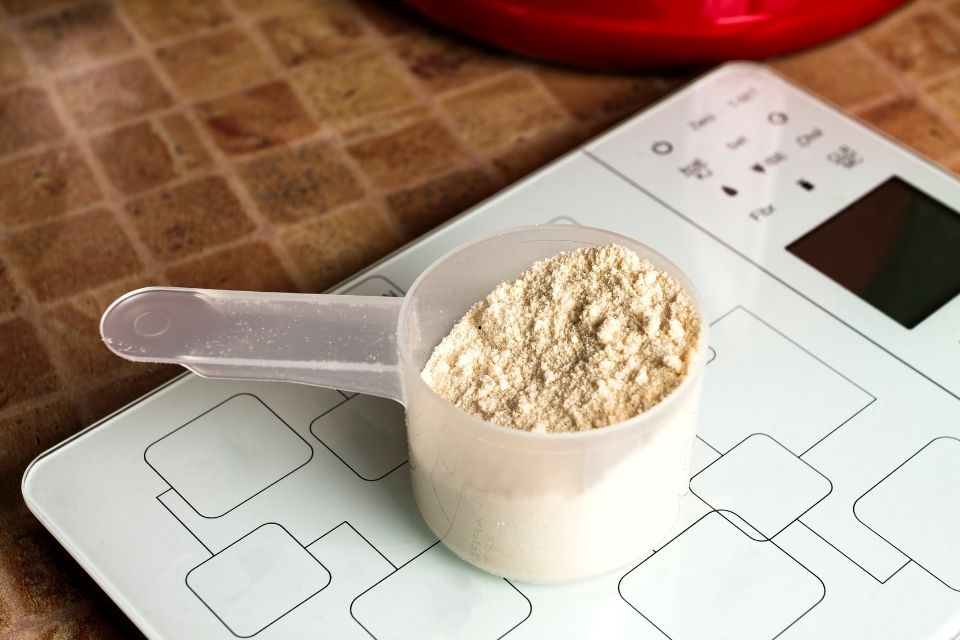Diastasis recti is a condition that affects many people, especially women after pregnancy, but it can also occur in men and women who have never been pregnant.
It happens when the rectus abdominis muscles separate, creating a visible gap or one that can be felt by touch along the midline of the abdomen.
This issue is not only aesthetic. Diastasis can lead to functional problems such as lower back pain, core instability, poor posture, and difficulty performing daily tasks.
That’s why understanding what it is and learning which exercises for diastasis are safe is key for an effective recovery.
In this guide, you will learn the causes of diastasis, signs to look out for, safe exercises to strengthen your core, movements to avoid, and tips for building a safe and effective training routine.
What is diastasis recti
Diastasis recti occurs when the linea alba, the connective tissue that holds the rectus abdominis muscles together, weakens and stretches, causing the muscles to separate.
The separation can be mild, moderate, or severe, and is usually measured by how many fingers fit between the muscles when performing a palpation test.
During pregnancy, this process is natural as the abdomen expands to accommodate the growing baby. The problem arises when the muscles don’t realign on their own months after delivery.
Outside pregnancy, diastasis can occur due to excess abdominal fat, heavy lifting without proper technique, incorrect abdominal exercises, or genetic predisposition affecting connective tissue strength.
Main causes of diastasis recti
- Pregnancy, especially with multiple babies or a large baby
- Rapid weight gain or abdominal obesity
- High-intensity workouts without proper core engagement
- Heavy lifting without proper support
- Natural weakening of connective tissues with age
- Abdominal surgeries that compromise the muscle structure
How to identify diastasis recti
A simple self-test can help: Lie on your back with knees bent and feet on the floor. Place your fingers along the midline of your abdomen, above your belly button, and lift your head slightly.
If you can feel a gap of two or more finger widths, diastasis may be present. Still, an official diagnosis should be made by a physiotherapist or healthcare provider.
Risks of leaving diastasis untreated
Ignoring diastasis can lead to:
- Increased lower back curvature and chronic back pain
- Loss of core strength and stability
- Difficulty performing functional movements
- Greater risk of abdominal hernias
- Impact on self-esteem and body image
Why exercises for diastasis are important
These exercises go beyond aesthetics. They strengthen the transverse abdominis, a deep core muscle that acts like a natural “corset,” stabilizing the spine, improving posture, and protecting internal organs.
Strengthening this muscle also helps prevent pain and overload in other areas, such as hips and knees, which may compensate for abdominal instability.
Safe exercises for diastasis recti
1. Diaphragmatic breathing with transverse abdominis activation
Lie on your back with knees bent and feet on the floor. Inhale deeply through your nose, expanding your rib cage, and as you exhale, gently pull your belly button toward your spine. Hold for three seconds and repeat 10 times.
2. Glute bridge
From the same position, engage your core and lift your hips until they align with your knees and shoulders. Lower slowly and repeat 10–12 times.
3. Dead bug march
Lie on your back and lift one leg at a time while keeping your core engaged and pelvis stable. Alternate legs slowly for 8–12 reps per side.
4. Side-lying hip abduction with resistance band
Lie on your side with a resistance band above your knees. Lift your top leg and return slowly. Perform 10 reps per side.
5. Modified plank
Rest on your forearms and knees, keeping your core tight and spine neutral. Start with 10 seconds and gradually increase the duration.
Exercises to avoid
Some movements increase intra-abdominal pressure and may worsen diastasis:
- Traditional crunches and sit-ups
- Long planks without supervision
- High-impact jumping exercises
- Heavy lifting without proper technique
Structuring a diastasis workout
A good routine should include:
- Light warm-up (5–10 minutes walking or dynamic stretching)
- Breathing and core activation drills
- Global strengthening moves like light squats and back exercises
- Gentle stretching to finish
If you’re postpartum, wait for medical clearance before starting and, if possible, work with a pelvic health physiotherapist.
Common mistakes in diastasis recovery
- Progressing exercises too quickly
- Ignoring the importance of proper breathing
- Neglecting back and glute strengthening along with core training
- Not correcting posture in daily activities
Additional care
- Avoid lifting heavy objects in the early recovery stages
- Roll to your side before getting out of bed to avoid core strain
- Maintain a healthy diet to control weight and support muscle repair
- Stay hydrated to aid tissue recovery
Integrating with other workouts
As your abdominal muscles get stronger, you can integrate adapted workouts like our workout to lose belly fat and slim your waist or back-strengthening routines, which help improve posture and balance.
Diastasis recti is more common than many think, but with the right approach, patience, and proper exercises, it’s possible to restore core strength and improve quality of life.
Personalize your workouts!
Following a program with safe exercises for diastasis, avoiding risky movements, and adopting protective habits will ensure steady results. Beyond aesthetics, you’ll be investing in posture, spinal health, and functional movement.
Want a safe, tailored program to strengthen your core and regain confidence? Download the Befit app now and access guided workouts, personalized plans, and steady progress with safety in mind.








